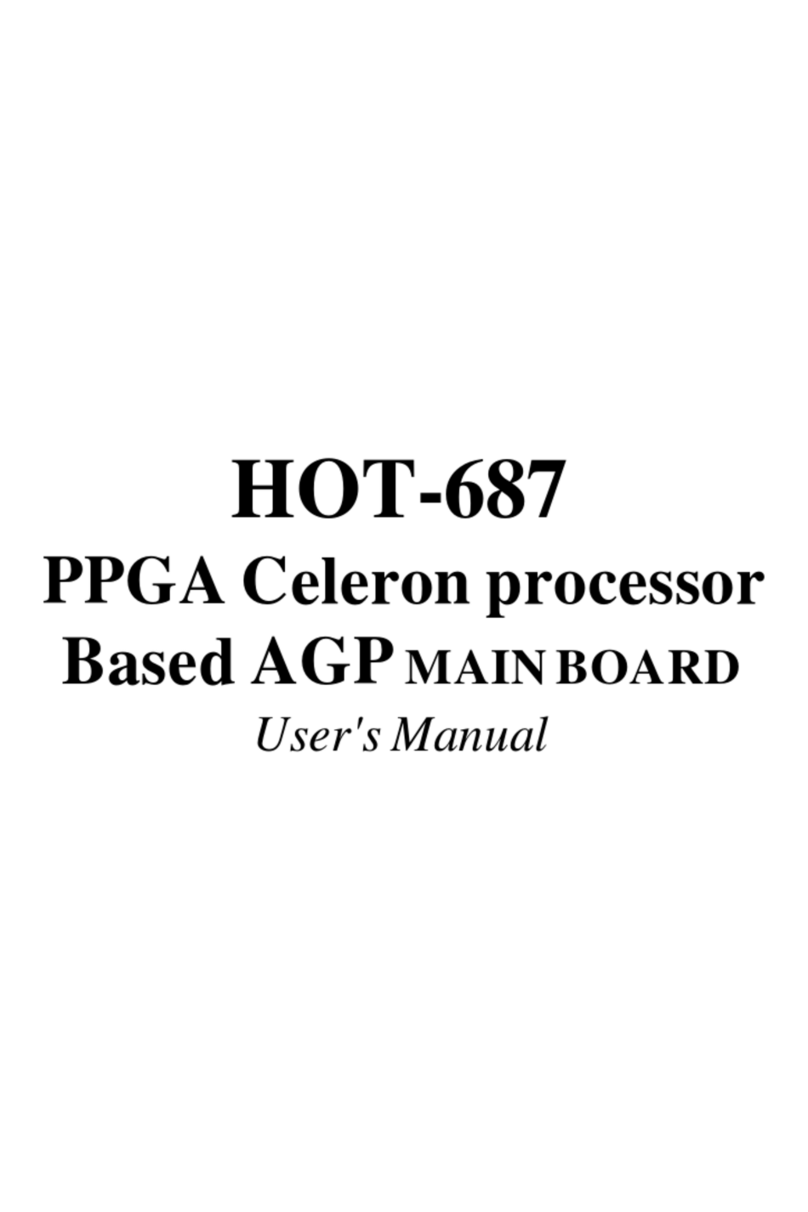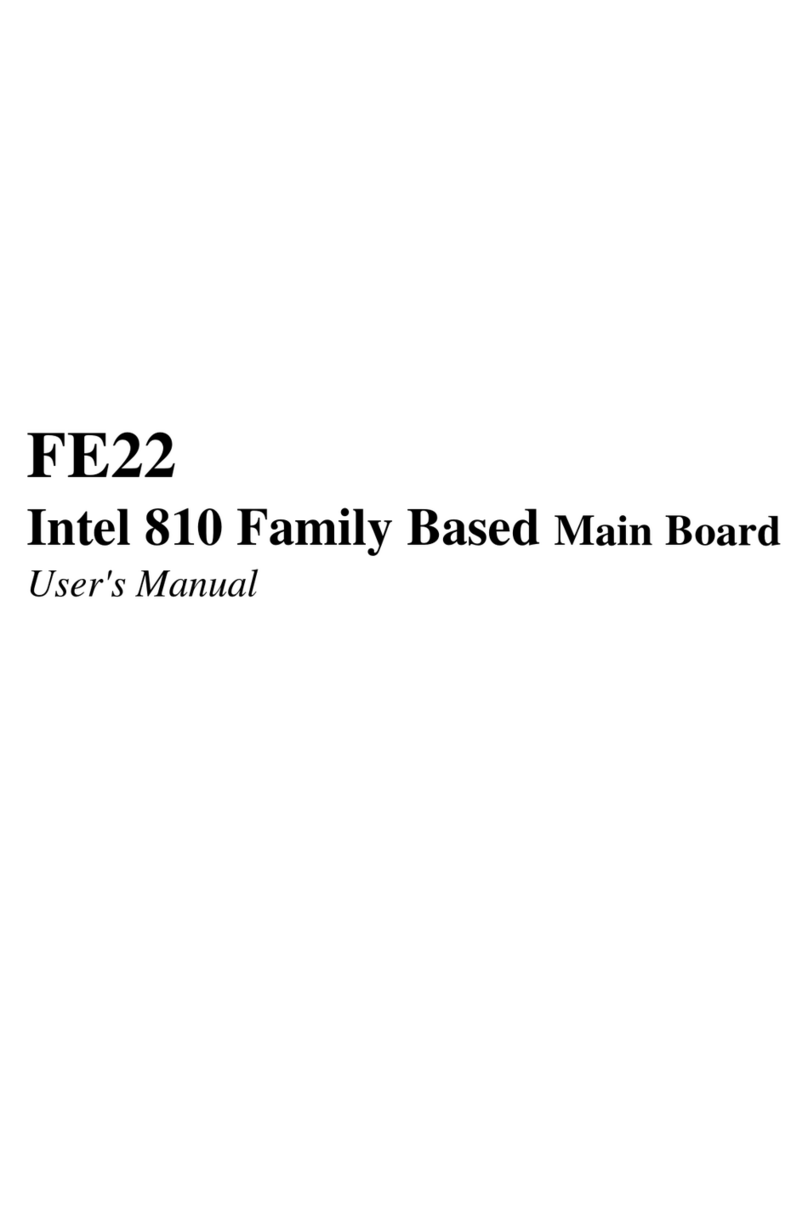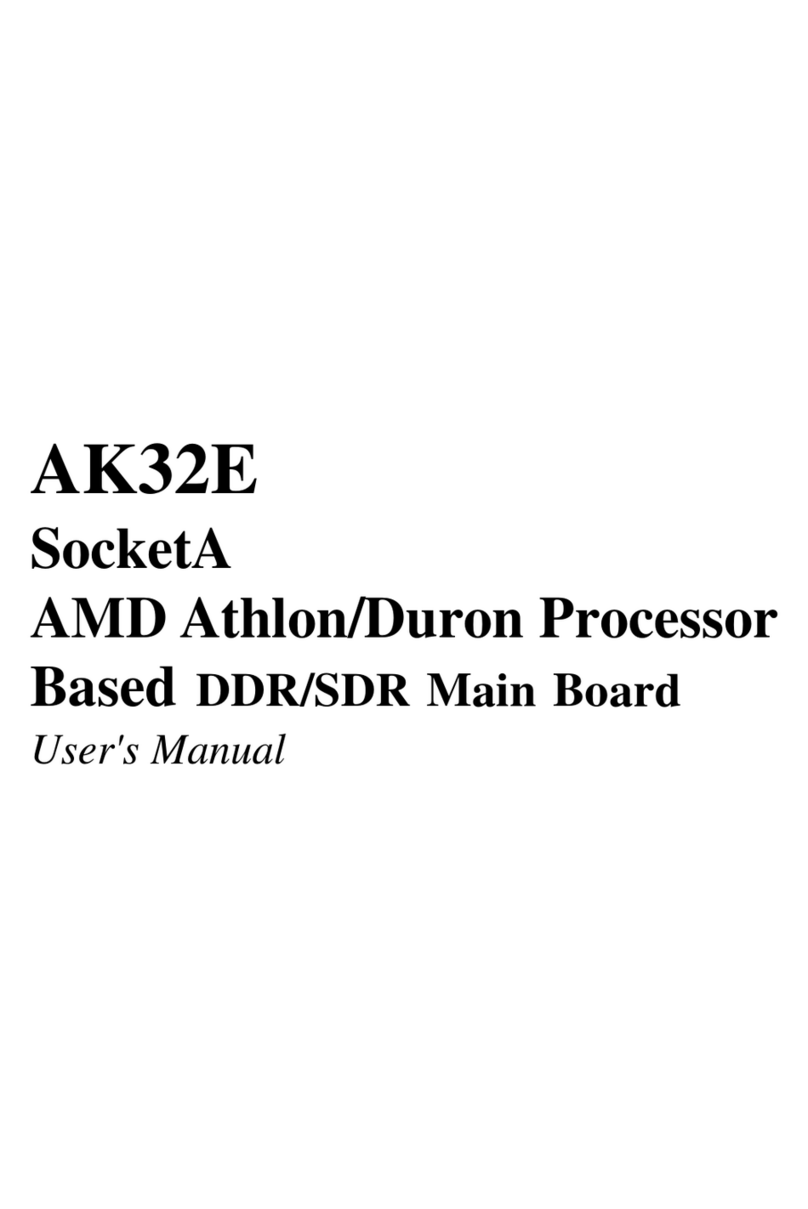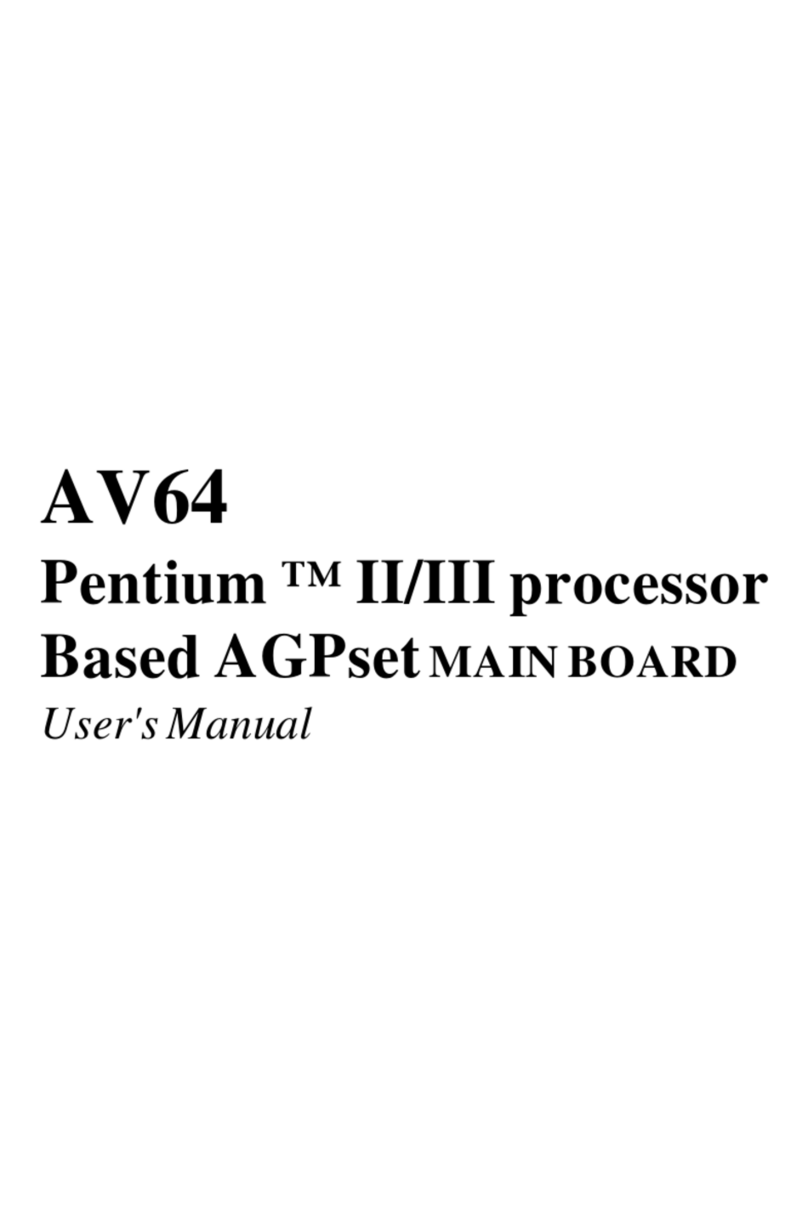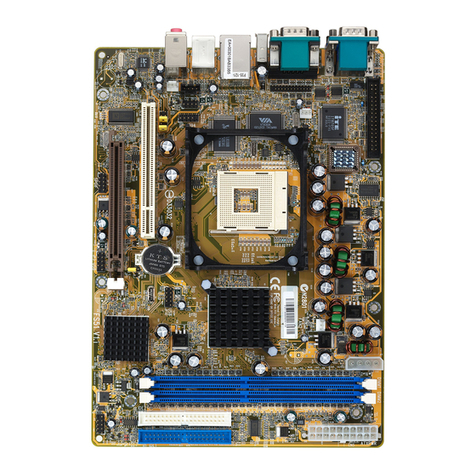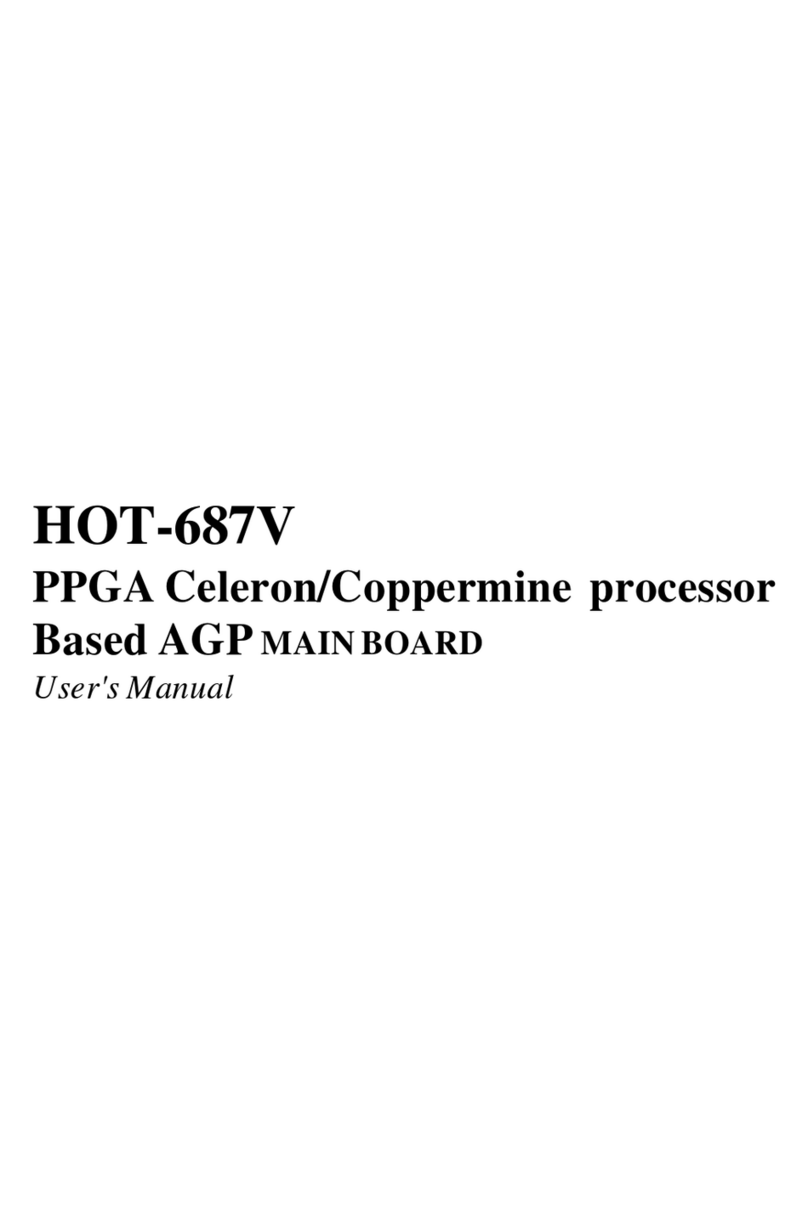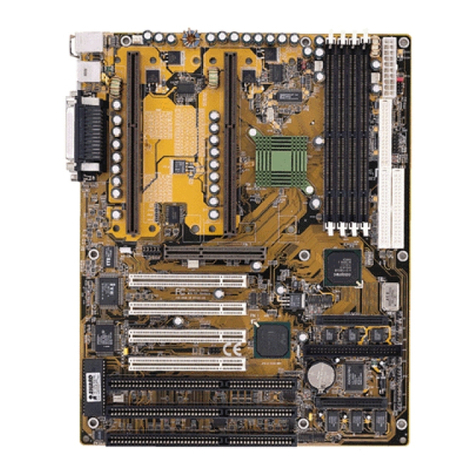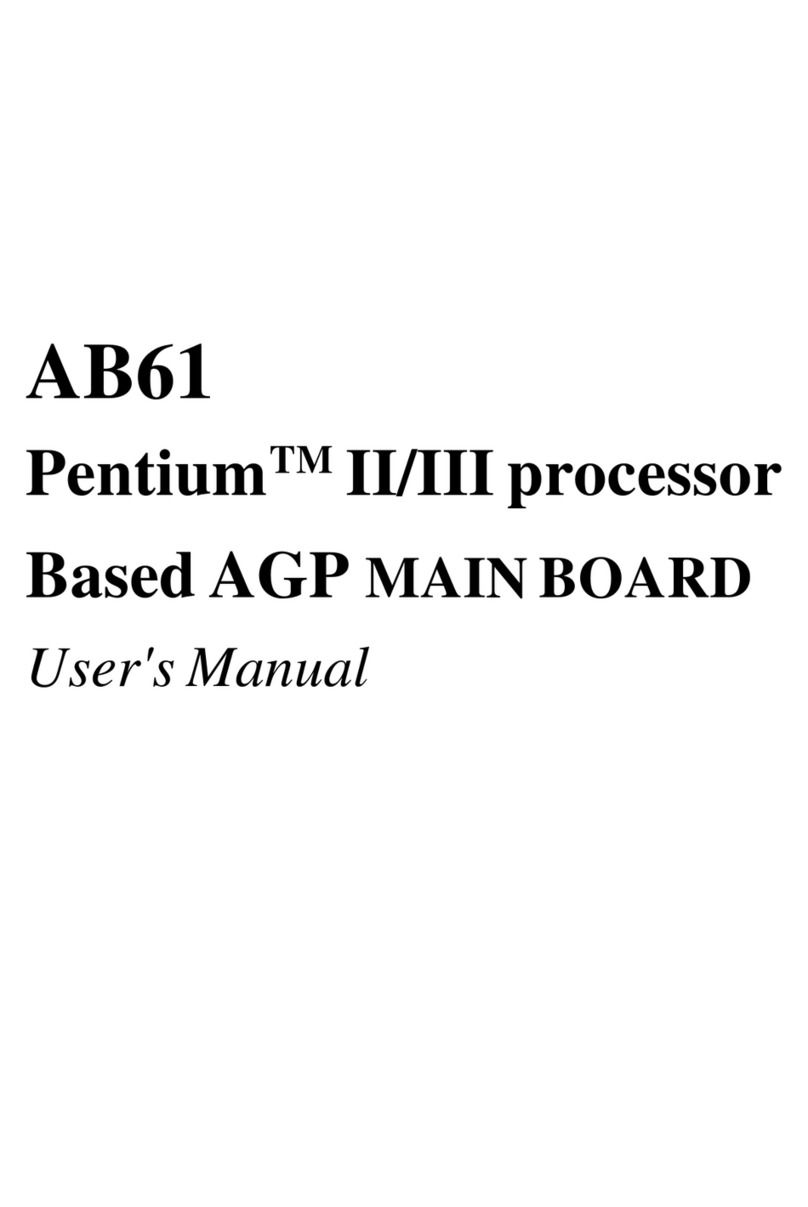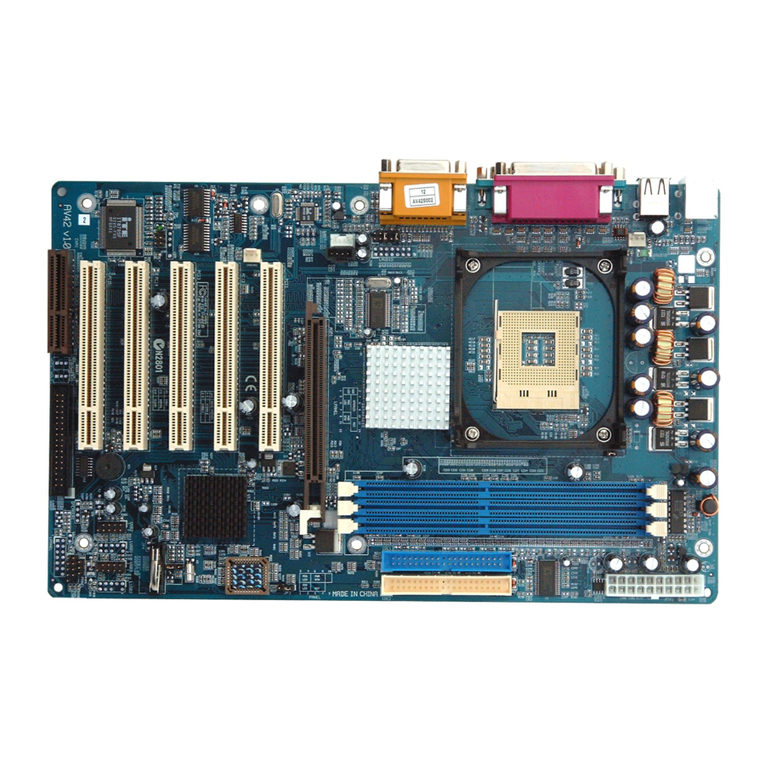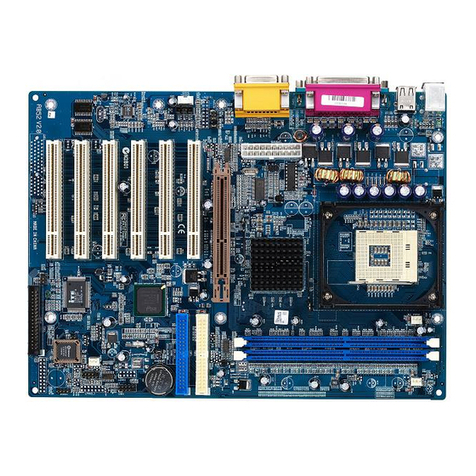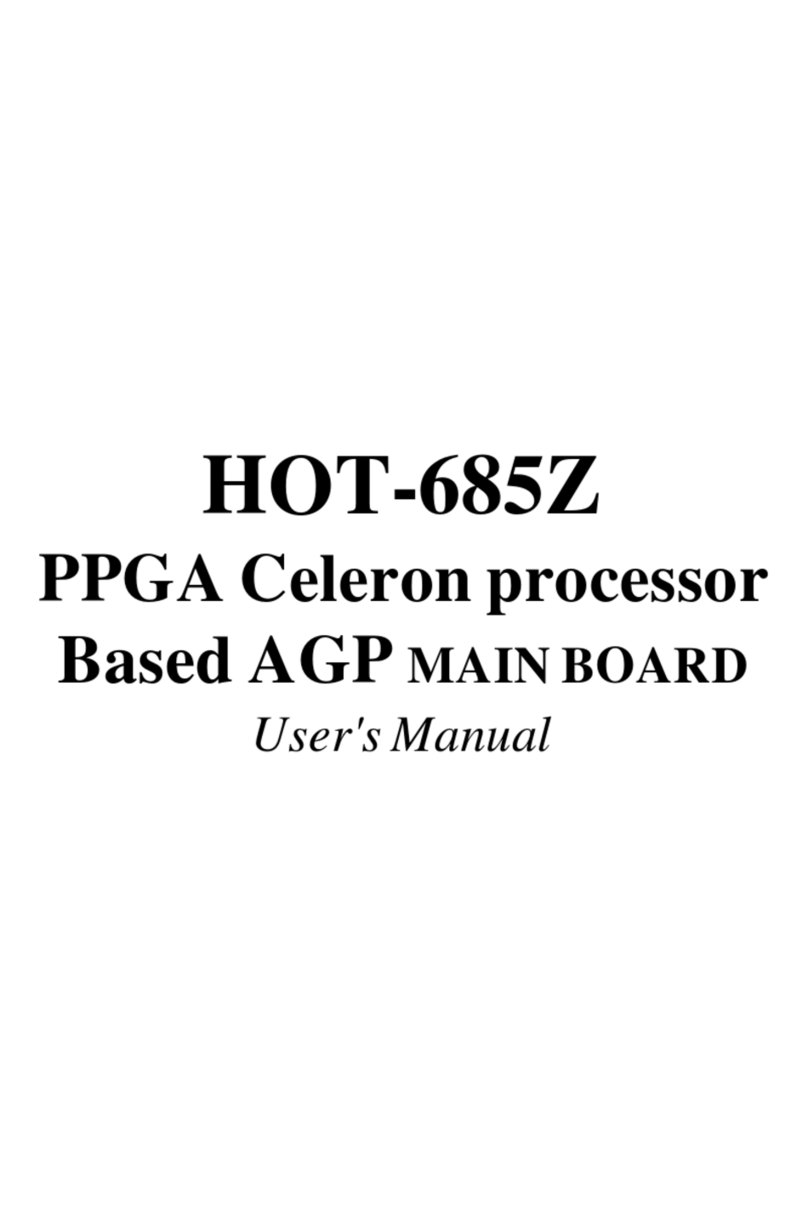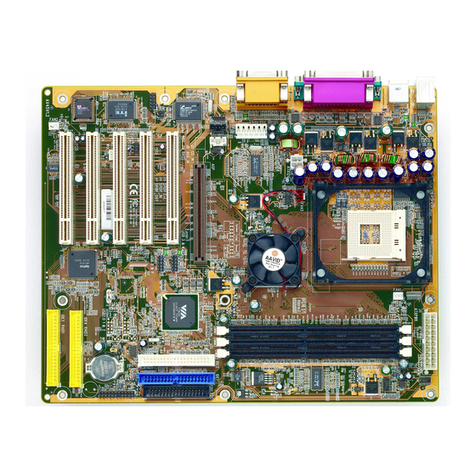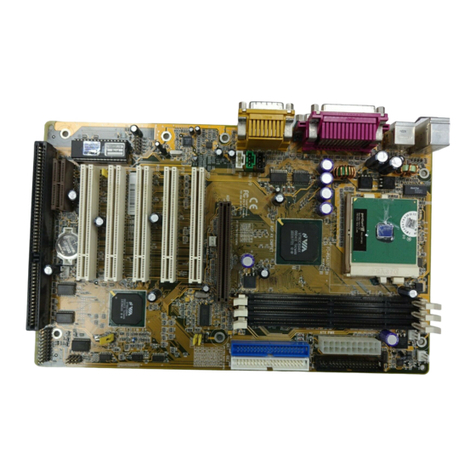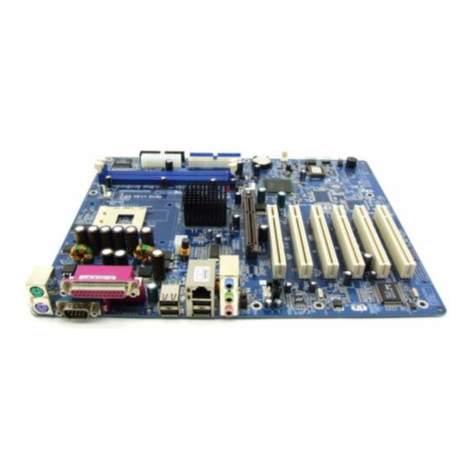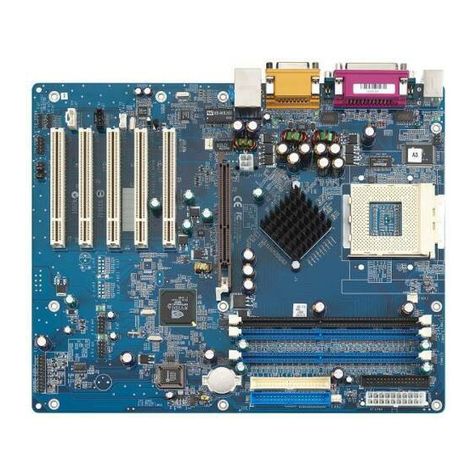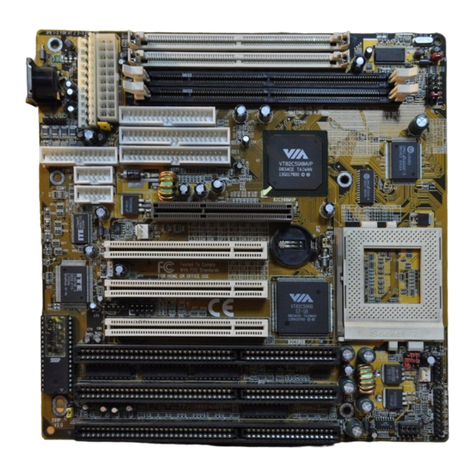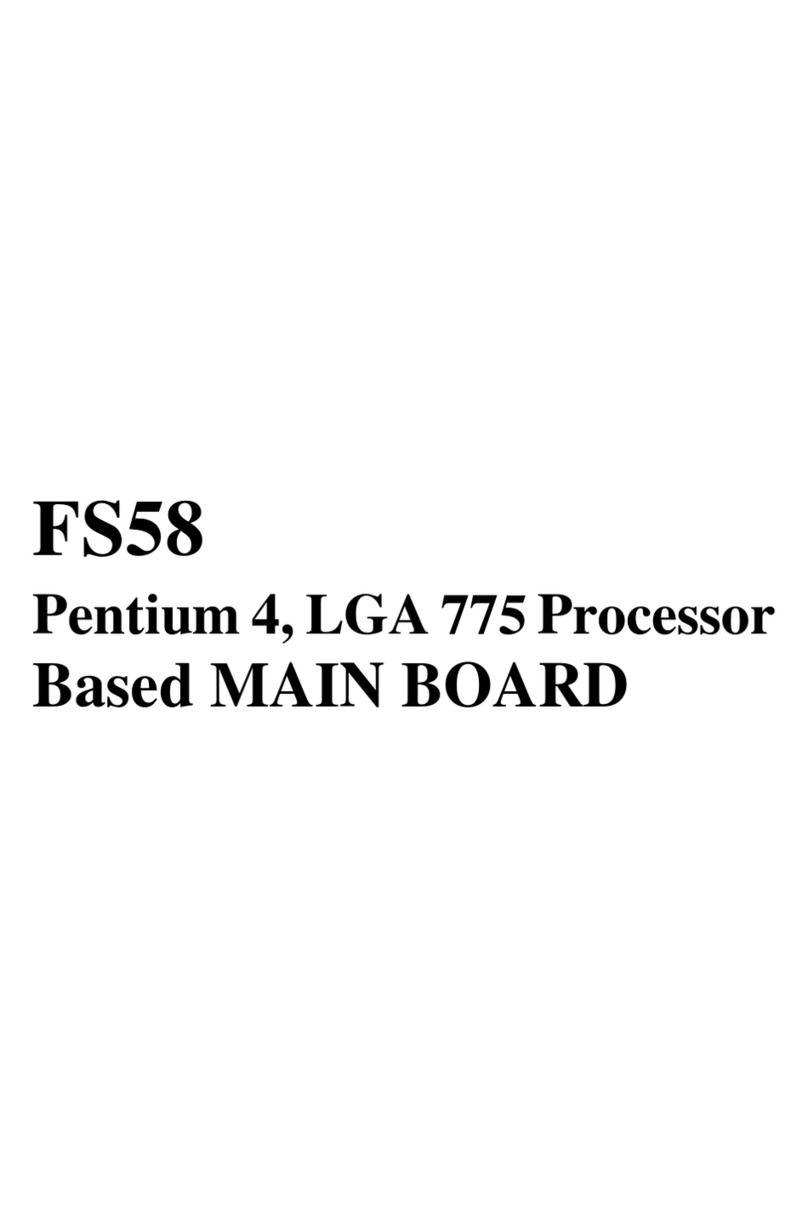2
TABLE OF CONTENTS
T
T
PREFACE ........................................................................................................................3
CHAPTER 1 FEATURES ......................................................................................................4
AccessoriesofHOT-591P ........................................................................................................................ 6
CHAPTER 2HARDWARE CONFIGURATION.............................................................................7
Jumper Setting........................................................................................................................................... 7
CPUConfigurationsTable........................................................................................................................ 8
CPUConfigurations- JP1, JA26, JA27 & J19 ........................................................................................ 9
SystemClock and CPU Multiplier ManualSetting - JP1,JA26 & JA27 .............................................14
SDRAMFrequencySetting -JP9, JA25 ................................................................................................ 15
CPUVoltageManualSetting-J19 ........................................................................................................ 16
PowerSupply Type - JP8........................................................................................................................ 17
Flash EEPROM Vpp - JP5..................................................................................................................... 17
ClearCMOS - JP2................................................................................................................................... 17
Connectors............................................................................................................................................... 18
CHAPTER 3MEMORY CONFIGURATION ..............................................................................21
CHAPTER 4 FLASH UTILITY .............................................................................................23
CHAPTER 5 VIA VXD AGP DRIVER INSTALLATION ............................................................25
CHAPTER 6 BIOS SETUP ...............................................................................................26
MainMenu .............................................................................................................................................. 27
StandardCMOSSetup............................................................................................................................ 29
BIOS Features Setup............................................................................................................................... 31
Chipset Features Setup............................................................................................................................ 33
PowerManagementSetup ...................................................................................................................... 35
PCIConfigurationSetup......................................................................................................................... 38
Integrated Peripherals ............................................................................................................................. 41
PasswordSetting ..................................................................................................................................... 43
